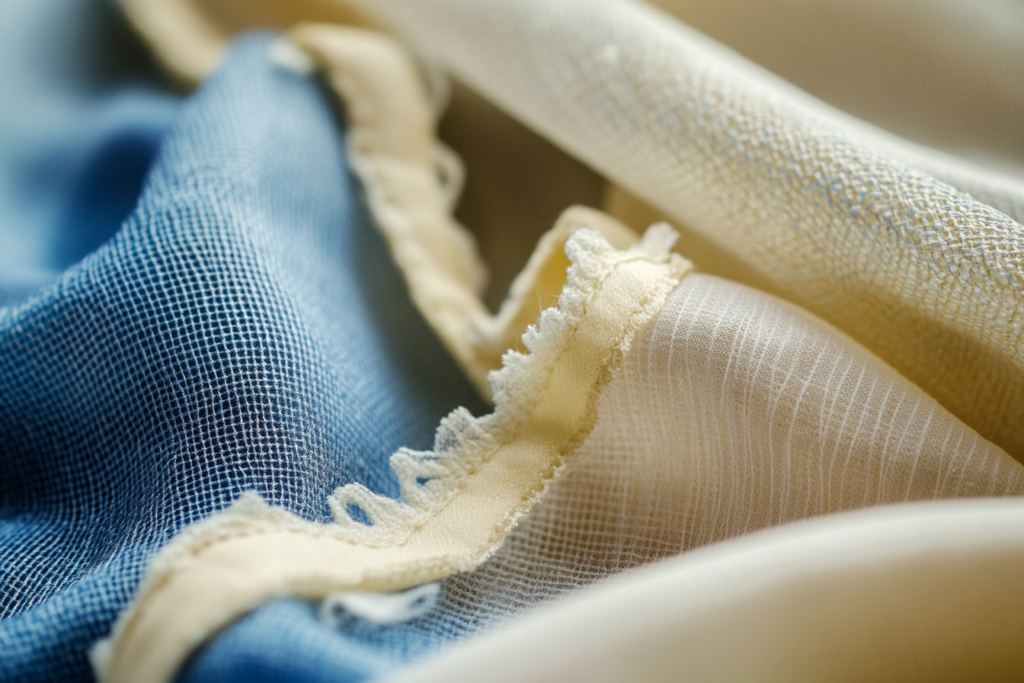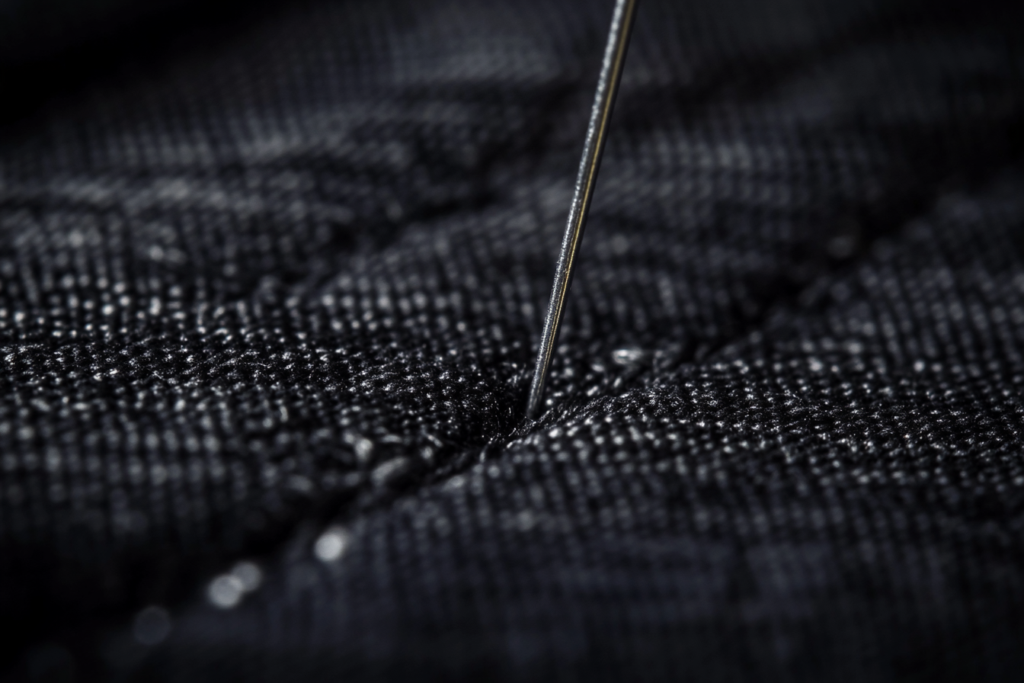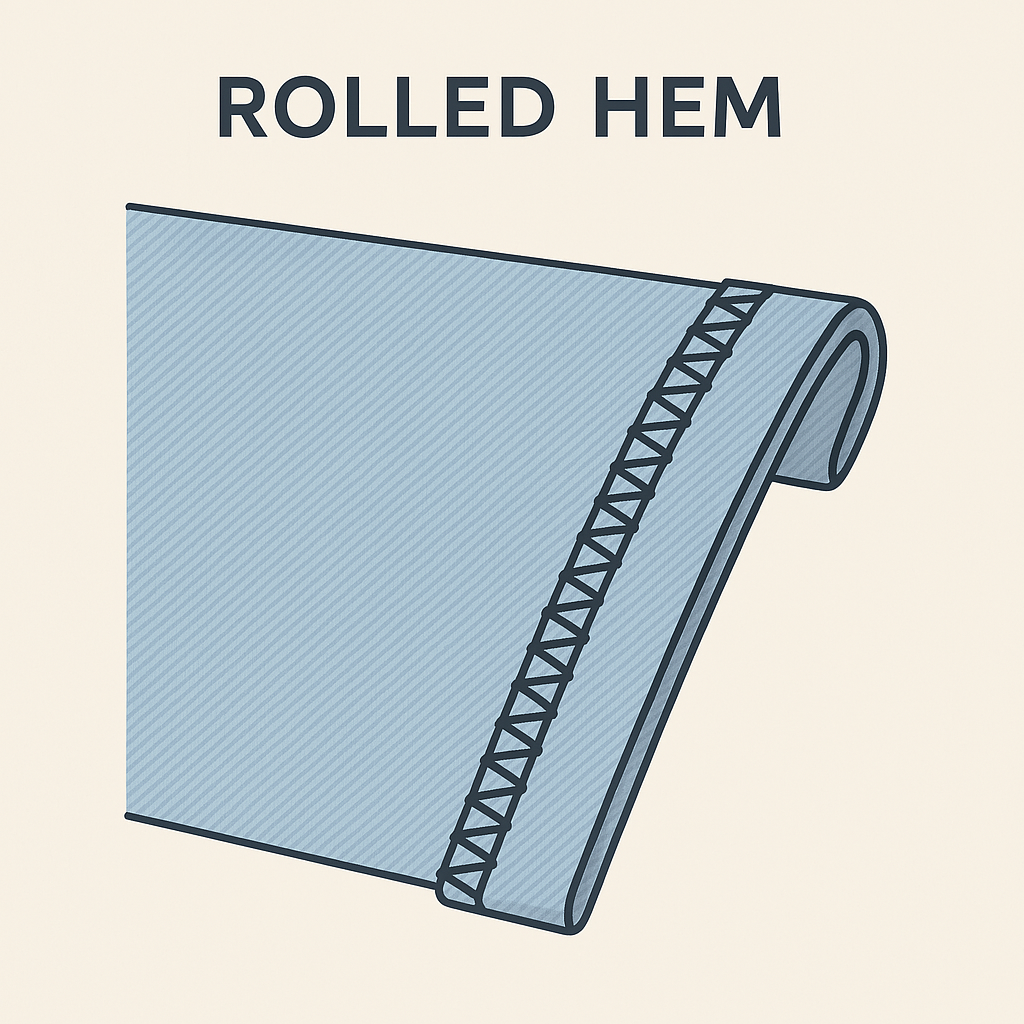Trims in Garment Construction: Functional & Decorative Finishing for Edges
🧵 What Are Trims?
Trims are fabric strips sewn along the raw, straight edges of a garment to provide a finished look, increase durability, or extend length. As illustrated in Figure 10.9, trims serve both functional and aesthetic purposes—often seen at the waistbands, hems, and sleeves of garments such as skirts, pants, and blouses.
Trims can be cut on the straight grain or bias, depending on their position and flexibility requirements. They may be made from the same fabric as the garment or a contrasting fabric for a decorative effect.
✂️ Key Features of Trims
- Position: Used on waistbands, hems, sleeves, and pant edges
- Cut Style: From bias or straight-grain fabric
- Fabric Type: May match or contrast with the main fabric
- Seam Type: Forms a closed seam like many collars and cuffs
- Functionality: Helps clean up raw edges, prevents fraying, and adds stability
📌 Note: Unlike a cuff, sleeve trims do not require a button or closure stop.
👗 Trim Applications in Garments
| Garment Area | Trim Use | Fabric Type | Trim Style | Decorative Use |
|---|---|---|---|---|
| Skirt Hem | Finish raw edge & add length | Cotton, Linen | Bias or straight-cut | Optional |
| Pant Waistband | Clean, strong finish | Twill, Denim | Structured straight trim | ✅ |
| Sleeve Edges | Replace full cuff, add visual detail | Poplin, Chambray | Lightweight contrasting trim | ✅ |
| Blouse Hemline | Gentle finish for curved edge | Rayon, Silk | Bias-cut soft trim | ✅ |
| Children’s Garments | Add length and growth room | Knit, Woven blends | Soft, stretchable trims | Sometimes |
🪡 Trim Construction Overview
🔹 Step-by-Step Process:
- Cut trim strip to desired length and shape (bias for curves).
- Align raw edge of garment with trim.
- Sew one side of the trim to the garment using a clean seam allowance.
- Fold trim over the edge and tuck under if needed.
- Stitch in place (can be blind stitched, topstitched, or edge stitched).
🔹 Trim vs. Cuff:
| Feature | Trim | Cuff |
|---|---|---|
| Closure | None | Often includes placket or button |
| Flexibility | High (bias trims) | Structured |
| Function | Edge clean-up and decoration | Wrist fit, structure |
💡 When to Use Trims
✅ When a garment edge needs a clean, flat finish
✅ For lightweight or unstructured clothing
✅ When extending garment length without altering the main fabric
✅ To add contrast or detail without bulky seams
✅ In children’s wear for adjustable growth and comfort
🌟 Advantages of Using Trims
✔️ Enhances visual appeal with minimal fabric
✔️ Offers versatility across garment types
✔️ Prevents fraying and strengthens edges
✔️ Allows contrasting design elements
✔️ Less complex than full facings or cuffs
📌 Summary
Trims are a simple yet impactful method for finishing raw edges, offering both practical edge protection and decorative enhancement. Whether made from the same fabric or a contrasting one, trims are widely used in waistbands, sleeves, and hems—especially in skirts, trousers, and casual tops. As a lighter alternative to cuffs or full facings, trims provide flexibility, style, and ease of sewing.




